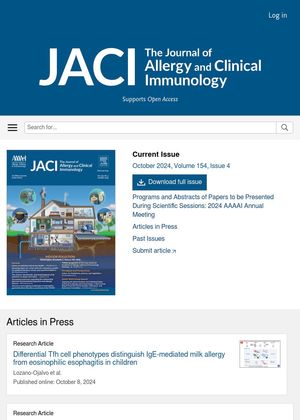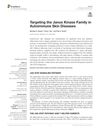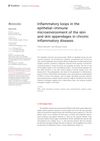Adipose Tissue Remodeling via TSLP-Mediated IL-4/IL-13 Signaling: Implications for Atopic Dermatitis and Skin Barrier
June 2024
in “
Journal of Allergy and Clinical Immunology
”

TLDR TSLP affects atopic dermatitis by increasing sebum and reducing fat through IL-4/IL-13 signaling.
The study by Choa et al. explores the role of thymic stromal lymphopoietin (TSLP) in atopic dermatitis (AD), focusing on its impact on sebum secretion and adipose tissue loss through IL-4 and IL-13 signaling. Using mouse models and single-cell RNA sequencing, the researchers discovered that TSLP induces IL-4 and IL-13 from T cells, which stimulate sebocyte lipogenesis and proliferation, resulting in sebum hypersecretion and adipose loss. This underscores the significance of IL-4/IL-13 signaling via the STAT6 pathway in these processes, suggesting that these cytokines not only drive inflammation but also affect lipid metabolism and skin barrier function, providing new insights into AD pathogenesis and potential therapeutic targets.

